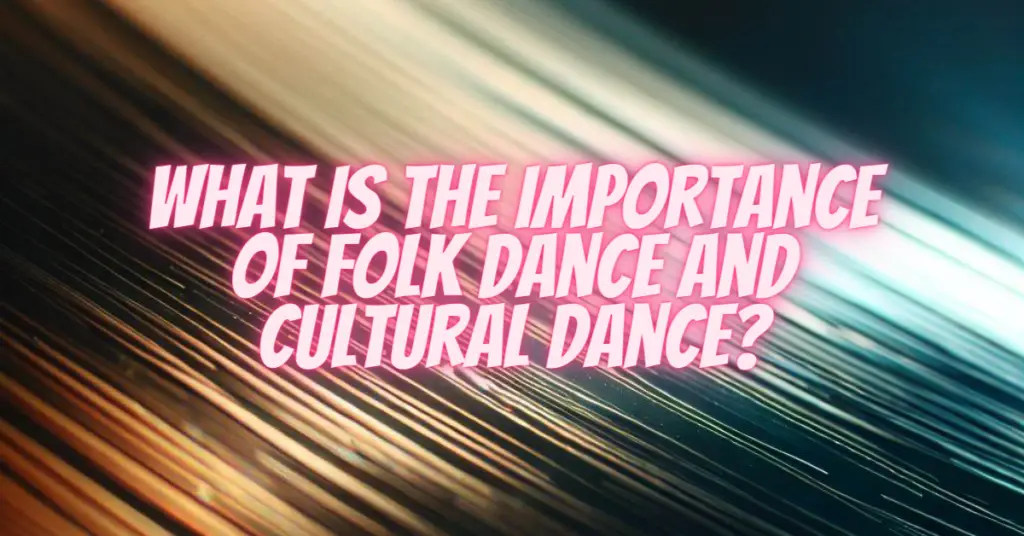Dance, deeply intertwined with culture and tradition, serves as a powerful vessel for preserving heritage, fostering unity, and celebrating diversity. Folk dance and cultural dance, rooted in the rich tapestry of different societies, play a vital role in shaping collective identities and passing down cultural legacies. In this article, we will explore the significance of folk dance and cultural dance forms, emphasizing their importance in preserving cultural heritage and promoting intercultural understanding.
1. Preservation of Cultural Heritage:
Folk dance and cultural dance forms are repositories of cultural heritage, embodying the customs, rituals, stories, and values of a community or region. Through intricate movements, colorful costumes, and symbolic gestures, these dances preserve the essence of a culture, ensuring that traditions are passed down from one generation to the next. Folk dances often depict historical events, agricultural practices, religious beliefs, and everyday life, providing a window into the past and connecting communities with their roots.
2. Promotion of Cultural Identity:
Cultural dance forms are emblematic of a community’s unique identity. The distinct styles, music, and costumes associated with cultural dances reflect the history, beliefs, and aesthetics of a particular culture. Engaging in these dances fosters a sense of pride and belonging among community members, reinforcing their cultural identity. Cultural dances act as a living expression of a community’s shared values and experiences, strengthening social bonds and promoting a sense of unity.
3. Fostering Intercultural Understanding:
Folk dance festivals and cultural exchanges provide opportunities for people from different backgrounds to come together and share their traditional dances. These interactions facilitate cross-cultural understanding, fostering mutual respect and appreciation for the diversity of human expression. By experiencing the dances of others, individuals gain insights into different worldviews, fostering empathy and breaking down cultural barriers.
4. Promoting Social Cohesion:
Folk dance and cultural dance often involve group participation, promoting cooperation, teamwork, and social cohesion. Learning and performing these dances encourage individuals to work together harmoniously, fostering a sense of community and mutual support. In many cultures, communal dances are an integral part of social gatherings, celebrations, and ceremonies, reinforcing social bonds and creating a sense of belonging among participants.
5. Educational Value:
Folk dance and cultural dance offer valuable educational opportunities, especially for younger generations. Schools and cultural institutions often integrate these dances into educational curricula, allowing students to learn about different cultures, histories, and traditions through movement. Engaging with folk dances enhances cultural awareness, broadens perspectives, and encourages a sense of global citizenship.
Conclusion
Folk dance and cultural dance are not just artistic expressions; they are living embodiments of the diverse cultures that make up our world. Through these dances, communities celebrate their heritage, preserve their traditions, and share their stories with the world. Embracing folk dance and cultural dance forms enriches our understanding of humanity’s shared history and promotes respect for the multitude of cultures that coexist on our planet. By valuing and embracing these dances, we contribute to the preservation of cultural diversity, fostering a world where every tradition is acknowledged, celebrated, and respected.


